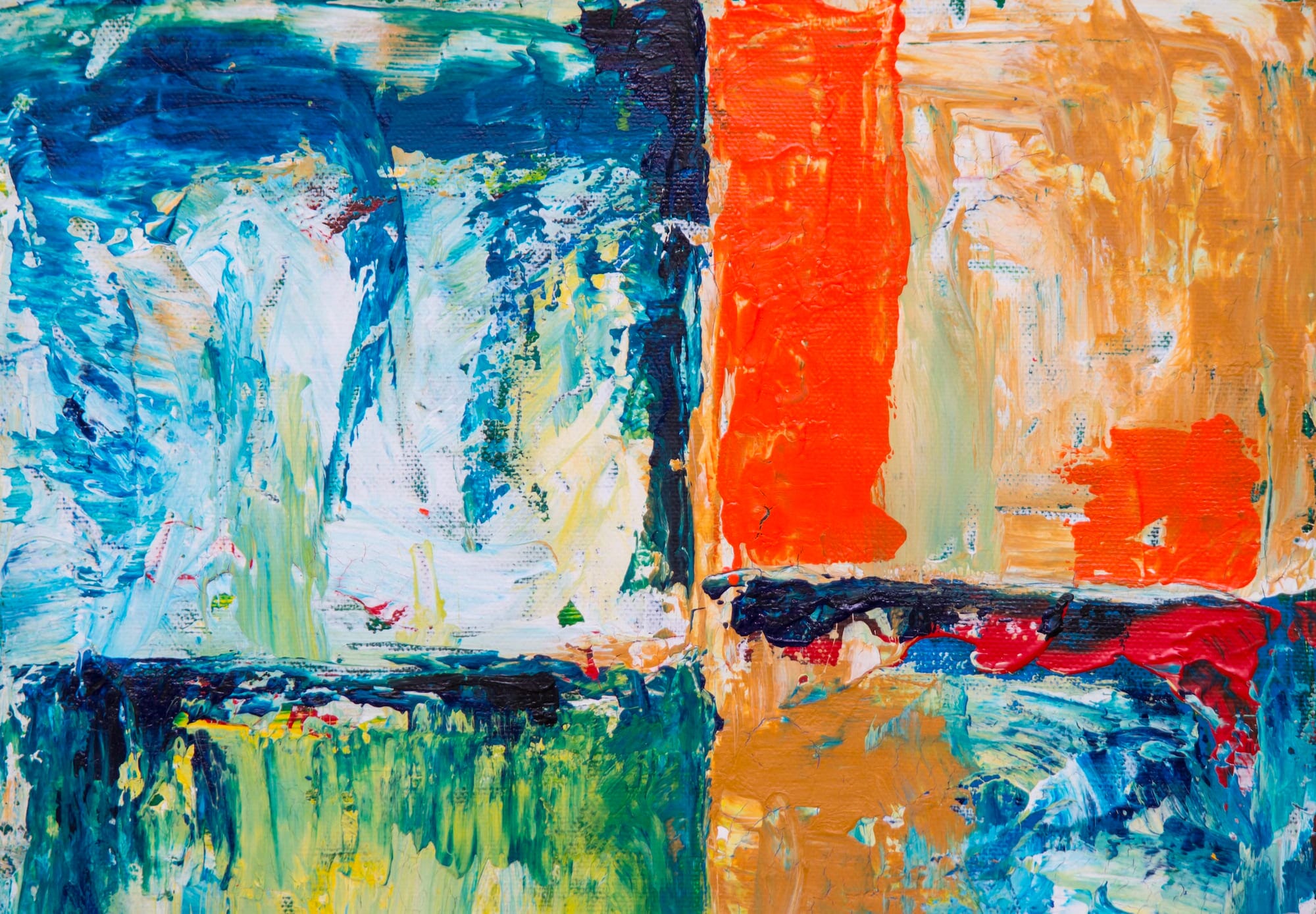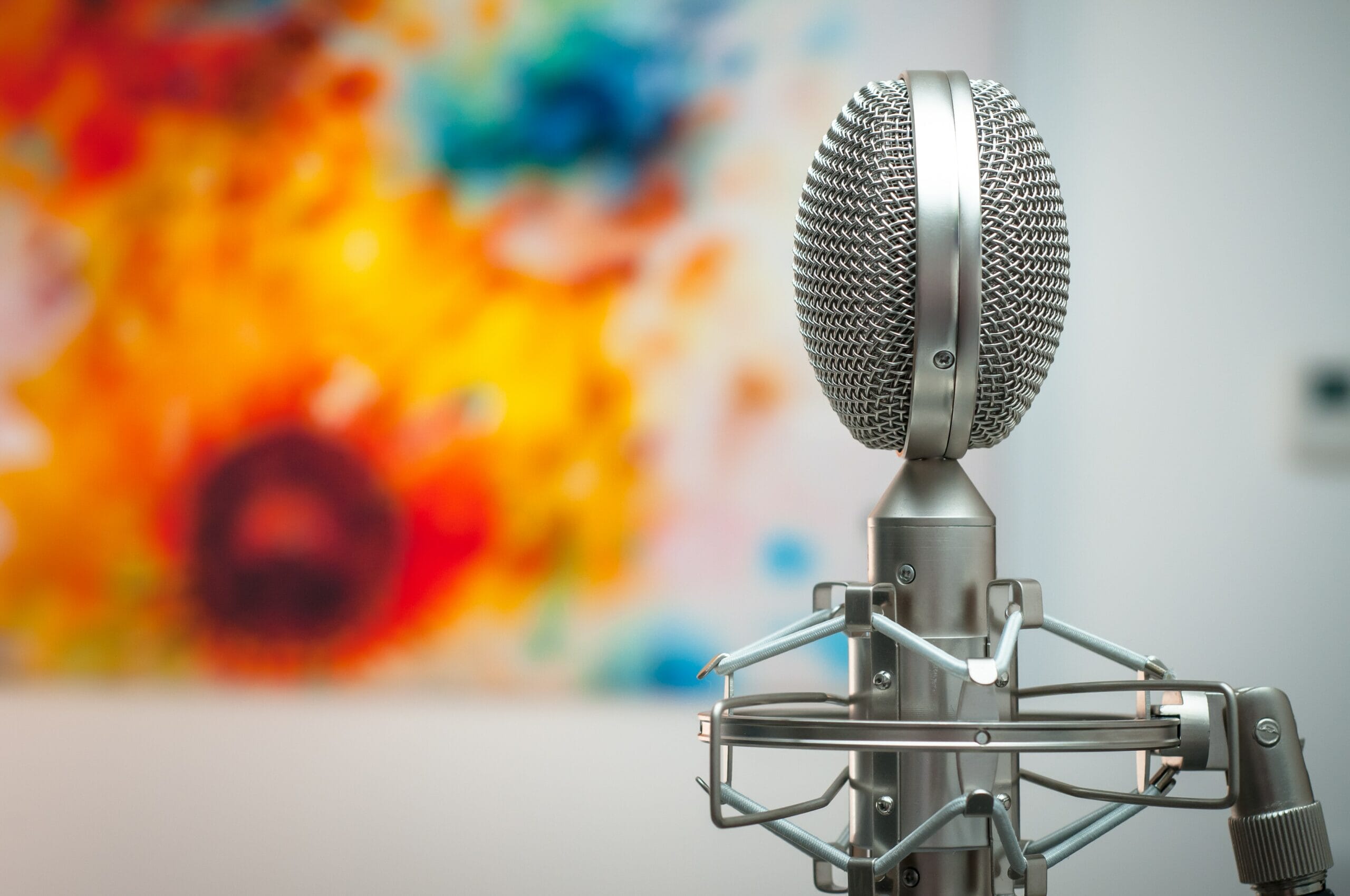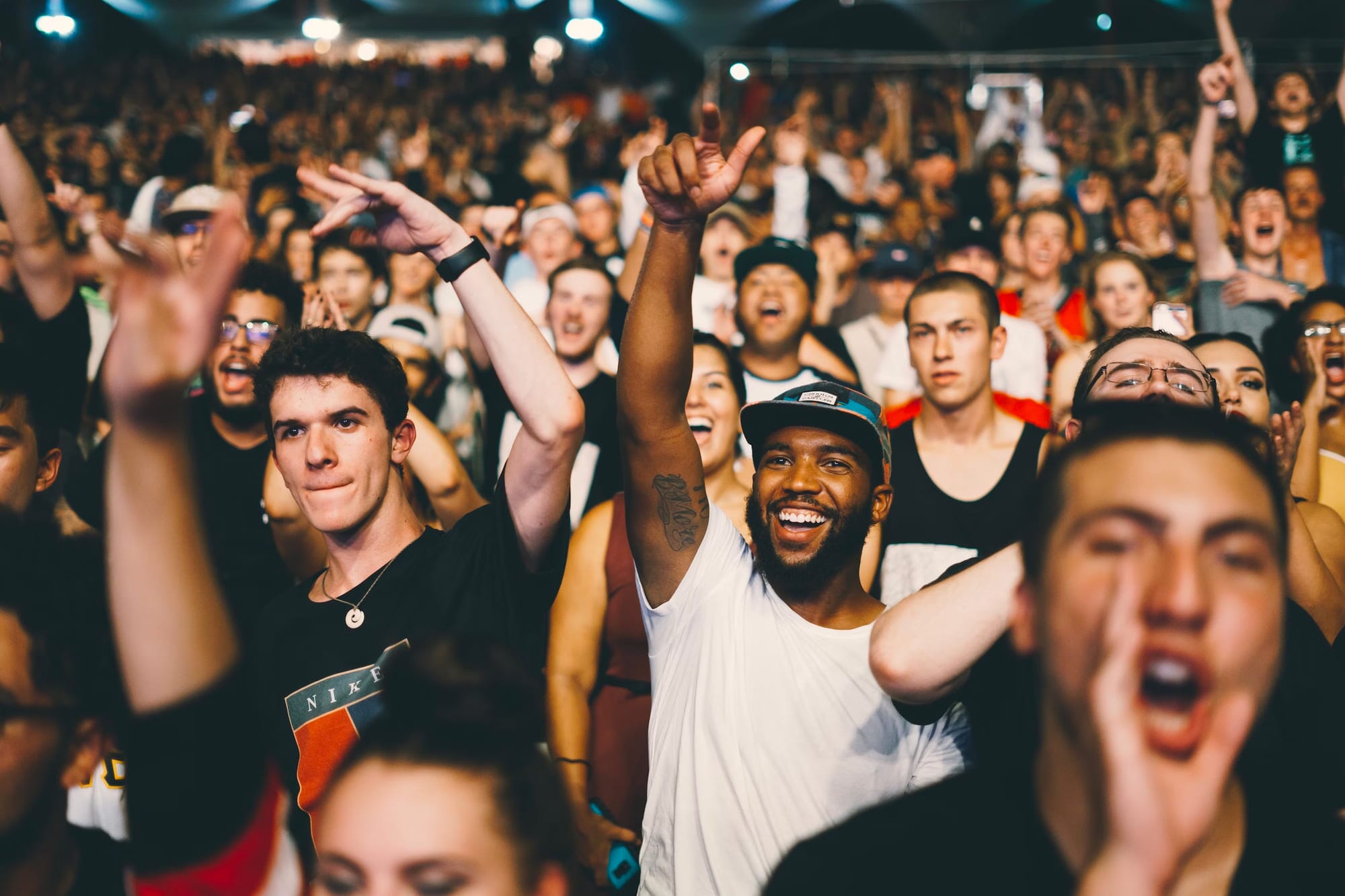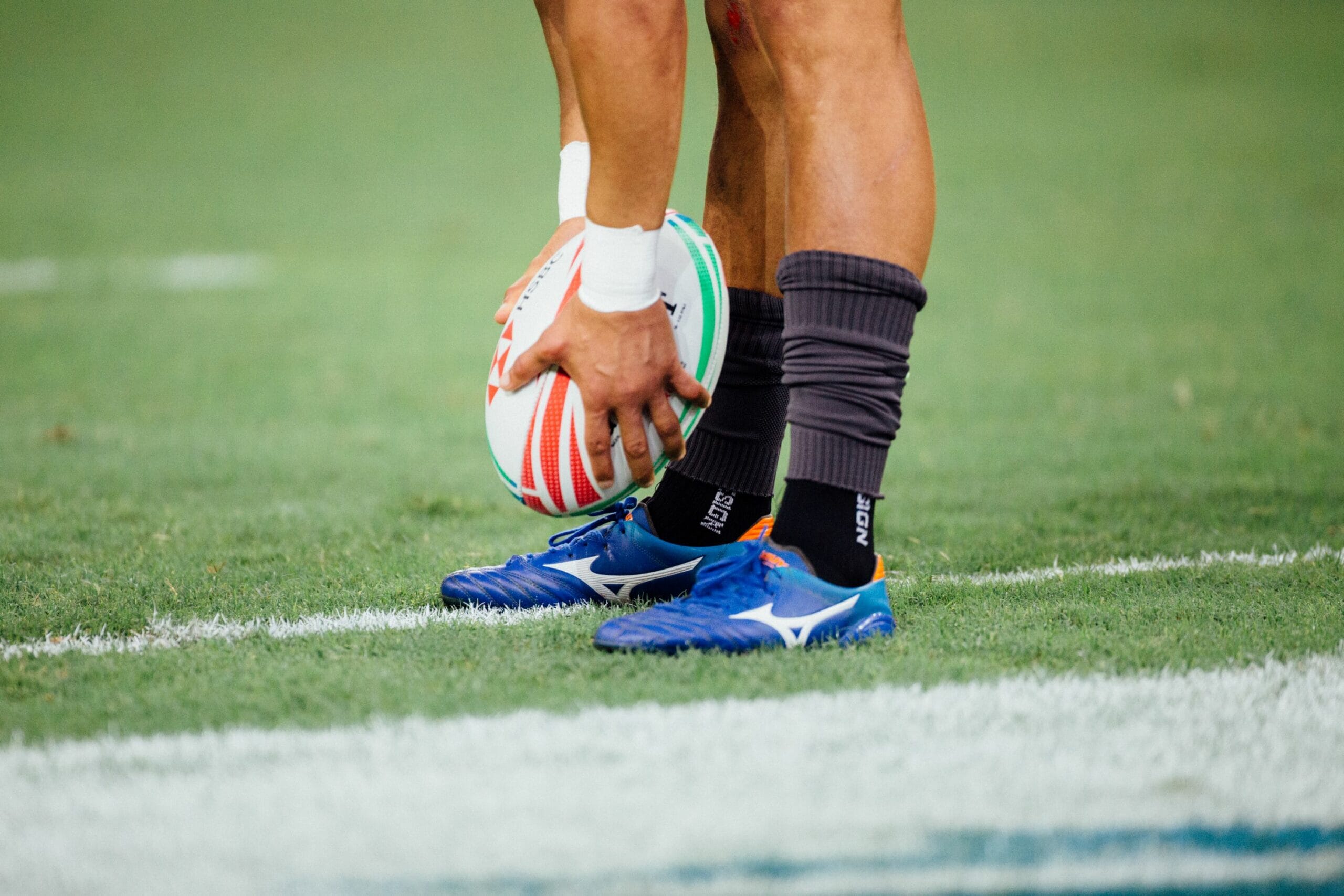First up, get your key messages sorted:
- They should be what you want to say and what your audience needs to hear
- Aim for no more than three – listeners can only take in a certain amount
- Practice how to answer any unwelcome questions. Don’t kid yourself about this bit, you won’t be doing yourself any favours
Our top radio interview tips:
- Get your most important key message into an answer as soon as possible, then you can relax a bit
- Avoid jargon – there will be way more used in your business than you realise!
- Inject enthusiasm into your voice – smiling when you speak will help
- Don’t rush or be afraid to pause, it should sound conversational
- Don’t waffle either, stay brief and to the point
- You will have microphones around so sit still and don’t rustle papers about
What’s better, a live broadcast interview or pre-recorded interview? This is a common question and the answer might surprise you. Pre-recorded, meaning it’s recorded to be used at a later time or date, might feel safer but it’ll be edited. You’ll have no control over how the interview is edited so there’s a risk that some of what you want your audience to hear will be cut.
A live broadcast interview might feel nerve shredding, but you’ll have more control over how the interview goes out – what you say is what people will hear. So, a really important tip is to check if the interview is live or pre-recorded.









